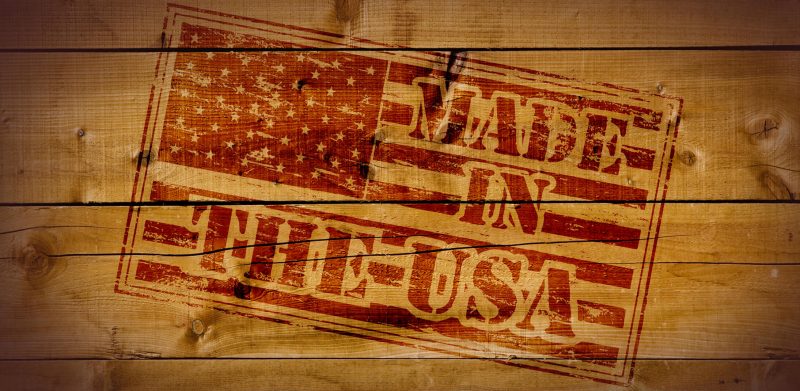
NAFTA and the Certificate of Origin
I would like to take this opportunity to provide some clarification on the North American Free Trade Agreement and the application of the certificate of origin. I’m still surprised by the number of people who fail to understand the North American Free Trade Agreement and its principles of application. One of the most common misconceptions is: “It comes from the States, so there’s no customs duty on it.” Just because a product comes from the U.S. does not mean it is duty free. To be eligible under NAFTA, the merchandise must have been manufactured in Canada, the United States or Mexico, or a combination of these countries.
That’s why a product entering Canada from the United States – but which is manufactured in China – is clearly not exempt from customs duties even though it has come from the U.S. Believe it or not, in 2016 there are still NAFTA certificates of origin accompanied by “Made in China” products!
Products must have been shipped by a NAFTA country
A table made in the United States, but bought in France and shipped from France, is not eligible for the NAFTA tariff treatment. The fact that it is manufactured in the U.S. does not mean it is automatically governed by the Agreement. From a legal standpoint, the importer, at the time of import, must have on hand a valid certificate of origin that is dated and signed by the manufacturer or the shipper. However, in the case of low value shipments, standard certificate of origin texts are still accepted.
Importance of the certificate of origin
Keep in mind that the manufacturer or shipper is responsible for providing the certificate of origin, but the Canadian importer must deal with the Canada Border Services Agency (CBSA). So if there’s a problem with the certificate of origin, it is the importer that must pay these unexpected duties and taxes. It can often be a matter of simply requesting a new version of the certificate from the supplier, but this is not always so easy.
It is therefore important to make sure the certificate is valid. Your customs broker can verify this for you and also keep on file a copy of certificates of origin for regular vendors. Note that uncommon or one-off shipments are not treated with the same rigour.
If the importer does not have a certificate at the time of import, it must pay the customs duties. However, it can make a subsequent claim for the customs duties by submitting a reimbursement request on a B2 form accompanied by the certificate of origin. A claim may be submitted up to 12 months following the time of import.
Harmonized System (HS) Classification Code
The acronym HS appears on the certificate of origin, so it stands to reason the same classification code should be indicated on the customs declaration.
Imagine what might happen if the CBSA decided to review and modify the product classification: the period of time during which a classification review may be done could extend up to four years!
That’s why an up-to-date certificate of origin must be submitted in order to be able to request a reimbursement. Here’s where things can get tricky: under NAFTA a reimbursement request can be claimed only in the 12 months following the import, but the imposition of duties and taxes as a result of the classification change can extend up to four years after the date of importation! The importer may therefore have to pay the customs duties over a period of three years. Moreover, there is a very good chance these products have already been sold and delivered, which means the importer cannot recoup this amount and must take a net loss.
In summary
• The merchandise must have been manufactured in one of the three NAFTA countries and shipped by one of them.
• The certificate must be validated.
• The merchandise must have the correct classification in order to avoid unpleasant surprises.
The certificate of origin document is often used in a casual way, but can be the source of much aggravation if not given the attention it deserves.